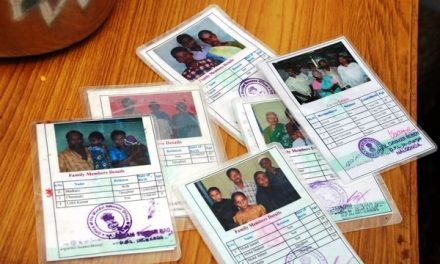Competency Based Questions: The Central Board of Secondary Education (CBSE) has made some modifications for exam papers for classes 9 to 12. According to the circular released on April 22, the decision to introduce these changes was taken to implement competency-based learning as mentioned in the National Education Policy (NEP 2020).
The Central Board of Secondary Education (CBSE) will now assess the students of Class 9 to 12 on the basis of the application of concepts in “real-life or unfamiliar situations”. Called competency-based questions, the questions will include multiple-choice questions (MCQs), case-based questions and source-based integrated questions, as per the circular released on April 22. CBSE’s competency-based education project aims to replace the existing rote learning model with a competency-based framework as mentioned in the National Education Policy (NEP) 2020 over the next two-three years.
The new pattern will not be applicable for students appearing in Classes 10, 12 board exams 2021. This shall come into force from the academic session 2021-22 onwards.
While preparing for the exam, major importance is given to complete the syllabus on time and achieve the highest marks. It has been regarded as the biggest loop hope in the current education system. With the change in the question paper pattern, the board is now trying to shift its focus from assessment of learning to assessment for learning. Now, the board is preparing students to be equipped with the ability to solve problems and shift the assessment focus from primarily rote memorization skills to one that is more formative, more competency-based, and promotes learning & development.
Since it is a new concept, the board has also asked the school to prepare the students to understand the change in the question pattern and further added that it would release sample papers based on the changed assessment scheme soon.
For class 9th and 10th, a minimum of 30 percent will be competency-based questions, 20 percent will be objective questions, and the remaining 50 per cent are short answer/ long answer type questions. According to the current scheme, class 10th question papers have 20 per cent objective-type questions, 20 per cent case-based/source- based integrated questions, and 60 per cent short answer/ long answer-type questions.
For class 11th and 12th, there will be a minimum of 20 percent competency-based questions, while the remaining 60 percent are short answer/ long answer-type questions (as per the existing scheme).












